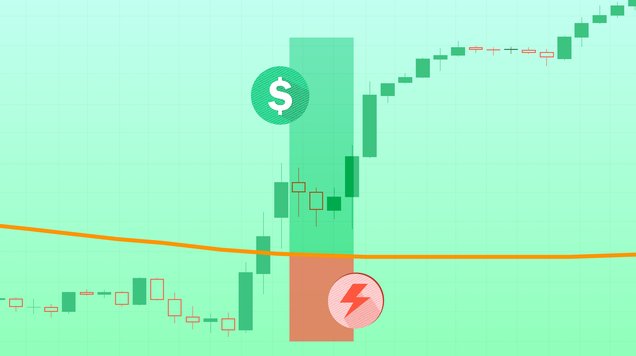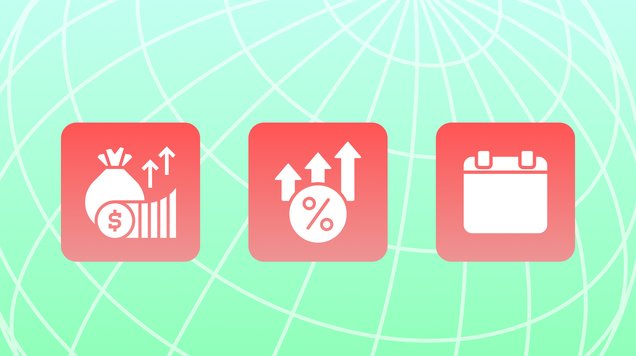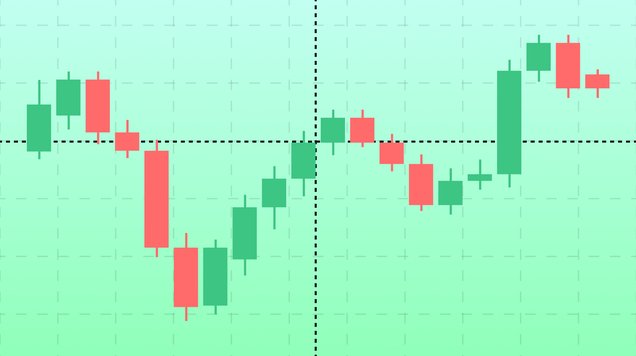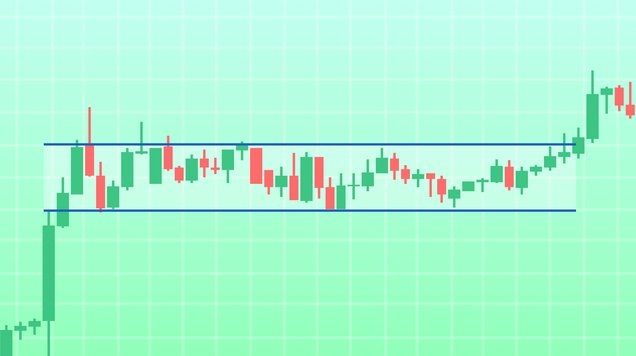Day Trading
Day trading has been practiced for many years but has become increasingly popular recently. Find out more on this trading strategy.

Day trading is a high-speed trading style focused on profiting from short-term price fluctuations in assets, typically within a single trading day
Day traders execute numerous trades throughout the day, aiming to close their positions before the trading session concludes
They use a wide range of techniques to exploit market inefficiencies, often relying on technical analysis and tools like chart patterns and indicators
Strategies like scalping and momentum trading are often used in day trading
Introduction to day trading
Day trading is a dynamic and exhilarating trading approach that has gained immense popularity in recent years.
It involves traders who execute intraday strategies to profit from short-term price fluctuations in various financial assets, such as shares, currency pairs and commodities. Unlike long-term investors who may hold their positions for months or even years, day traders aim to close their positions before the trading day ends, eliminating the exposure to overnight market volatility.
Day traders are known for their ability to make multiple trades within a single trading day, capitalising on even the smallest price movements. This trading style is characterised by its fast pace and frequent trading activity. The most popularly traded assets in day trading come from many different market sectors including products like gold, oil, EUR/USD, and indices like the US 30.
Day traders operate on short timeframes, typically ranging from minutes to hours. Common chart intervals used include 1-minute, 5-minute, and 15-minute charts. However, some day traders also incorporate longer timeframes for trend analysis. This broader perspective helps identify overarching market trends and potential support or resistance levels.
In this article, we will delve deeper into the world of day trading, exploring various strategies, technical and fundamental analysis, risk management, and the most important considerations for those seeking success in this high-stakes approach.
Popular strategies in day trading
Two of the most common day trading strategies are scalping and momentum trading.
Scalping is a high-frequency, short-term trading strategy. Scalpers aim to profit from tiny price movements by executing numerous trades in a single day, each with minimal profit potential that will add up to a larger take at market close. This approach demands rapid execution, sharp reflexes, and a deep understanding of market dynamics.
Momentum trading focuses on assets displaying strong price trends. Momentum traders enter positions when an asset is rising and exit when it starts to lose momentum. This strategy involves capitalising on market sentiment and riding the wave of the ‘herd mentality’. It requires close attention to market trends and a solid understanding of chart patterns and market behaviour.
Market analysis in day trading
Technical analysis plays a significant role in day trading. Traders utilise chart patterns and technical indicators to make better informed trading decisions.
Some common chart patterns include head and shoulders, double tops/bottoms, and flags. Technical indicators like Moving Averages, MACD (Moving Average Convergence Divergence), and Stochastic Oscillators are invaluable tools for identifying entry and exit points. Each trader usually develops a unique strategy tailored to their preferred indicators and chart patterns.
Day traders often integrate fundamental analysis into their trading approach. They keep a watchful eye on crucial economic data and events that can significantly influence asset prices. Earnings reports, product launches, and economic announcements are among the factors that can trigger price movements, making them vital considerations for day traders.
Risk management tools for day traders
Day trading offers an exciting opportunity to profit from short-term market movements but it’s not a path without challenges. Success in day trading demands a combination of knowledge, discipline, and risk management.
Risk management is paramount in day trading to safeguard against significant losses.
Key elements of risk management include:
Stop loss orders: Traders often employ stop loss orders to limit potential losses. These orders specify the price at which a position should be automatically closed by the platform to minimise losses if the price makes an unfavourable move, but can also limit potential profits if the trend continues favourably.
Position Sizing: Controlling the size of each trade based on risk tolerance and the distance to the stop loss level is essential to manage risk effectively. Traders should always be aware of the potential gains and losses of the trade before entering the market. This is especially important when using leverage.
Diversification: Spreading trades across different assets or strategies can help diversify risk and reduce the impact of a single losing trade. Many traders will use hedging techniques, such as simultaneously investing in a ratio of gold to a currency pair to balance their risk, as these products have a tendency to rise when the other falls.
Utilising these risk management tools, day traders can mitigate the risks associated with day trading, including overtrading, emotional stress, and the inherent volatility of intraday markets.
Aspiring day traders should start small, develop a well-thought-out trading plan, and be prepared for a steep learning curve on their journey towards potential profits. It helps to practice day trading strategies on a trading demo before investing any capital on live markest.
While day trading can be lucrative, it’s essential to approach it with caution, continuously refine your skills, and adapt to the ever-changing dynamics of the financial markets. With dedication and the right approach, day trading can be a rewarding endeavour.









